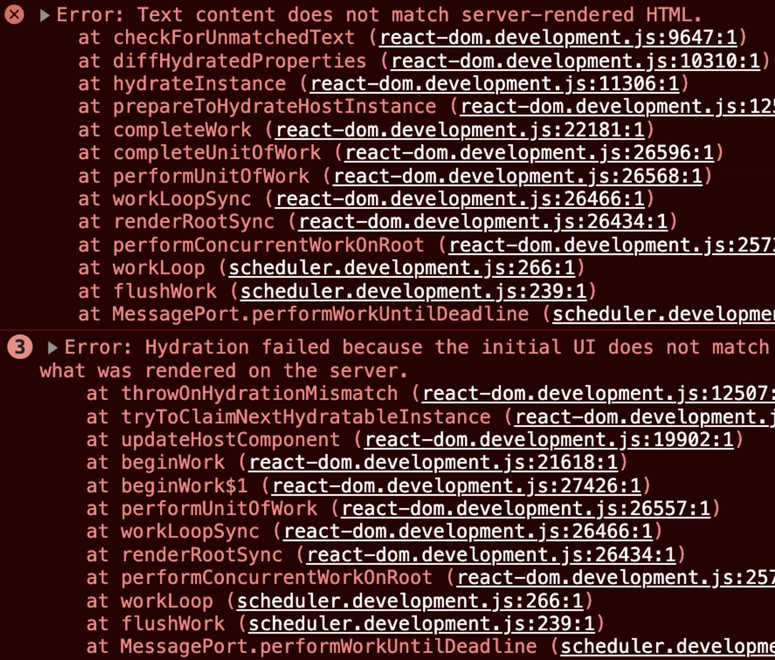Custom Hooks in React are a powerful feature that allow you to extract and reuse logic across multiple components. They enable you to encapsulate complex stateful logic, making your components cleaner and easier to maintain. Here’s a quick overview and example of how to create and use custom hooks.
Creating a Custom Hook
A custom hook is essentially a JavaScript function whose name starts with use and that may call other hooks inside it. Here’s a simple example of a custom hook that manages a counter:
import { useState } from 'react';
// Custom Hook: useCounter
function useCounter(initialValue = 0) {
const [count, setCount] = useState(initialValue);
const increment = () => setCount(c => c + 1);
const decrement = () => setCount(c => c - 1);
const reset = () => setCount(initialValue);
return { count, increment, decrement, reset };
}
export default useCounter;
Using the Custom Hook
You can use the useCounter hook in any functional component:
import React from 'react';
import useCounter from './useCounter';
function CounterComponent() {
const { count, increment, decrement, reset } = useCounter(0);
return (
<div>
<h1>Count: {count}</h1>
<button onClick={increment}>Increment</button>
<button onClick={decrement}>Decrement</button>
<button onClick={reset}>Reset</button>
</div>
);
}
export default CounterComponent;
Key Points
-
Naming Convention: Always start the custom hook's name with
useto follow React's convention. - Reusability: Custom hooks can be reused across multiple components, promoting DRY (Don't Repeat Yourself) code.
- State Management: You can manage state, perform side effects, and leverage other hooks within a custom hook.
Advanced Example: Fetching Data
Here’s a more advanced custom hook for fetching data:
import { useState, useEffect } from 'react';
function useFetch(url) {
const [data, setData] = useState(null);
const [loading, setLoading] = useState(true);
const [error, setError] = useState(null);
useEffect(() => {
const fetchData = async () => {
try {
const response = await fetch(url);
if (!response.ok) throw new Error('Network response was not ok');
const result = await response.json();
setData(result);
} catch (error) {
setError(error);
} finally {
setLoading(false);
}
};
fetchData();
}, [url]);
return { data, loading, error };
}
export default useFetch;
Usage
You can use the useFetch hook in a component to fetch data:
import React from 'react';
import useFetch from './useFetch';
function DataFetchingComponent() {
const { data, loading, error } = useFetch('https://api.example.com/data');
if (loading) return <p>Loading...</p>;
if (error) return <p>Error: {error.message}</p>;
return (
<div>
<h1>Data:</h1>
<pre>{JSON.stringify(data, null, 2)}</pre>
</div>
);
}
export default DataFetchingComponent;
Custom hooks are a great way to encapsulate logic and share functionality across your components in a clean and maintainable way.








Top comments (0)